How to Start a Vegetable Garden? You must’ve heard about vegetable gardens where people quickly profit just by selling their homegrown crops.
But here’s what you do not know
To start a vegetable garden will not cost you that much of a sweat. And with a little perseverance, you can quickly build one at home!
And you don’t have any idea what vegetable you should plant?
People tend to choose tomatoes over other vegetables and fruits in terms of preferences since the profit could quickly boom. Your $3 capital will run you $20 or more at the end of the season with proper maintenance and care.
And here’s another thing
You’ll surely find the taste of your freshly harvested crops a lot more delicious than the ones bought from the market.
And this is one way of getting a physically fit body.
Not only could you ensure a fresh and healthy diet, but your daily routine could also count as your daily exercise!
So, buckle up!
I’m going to start spilling the secrets of vegetable gardening!
Back to Home Page: ShaneTurrell
Tiny space? Not a problem!
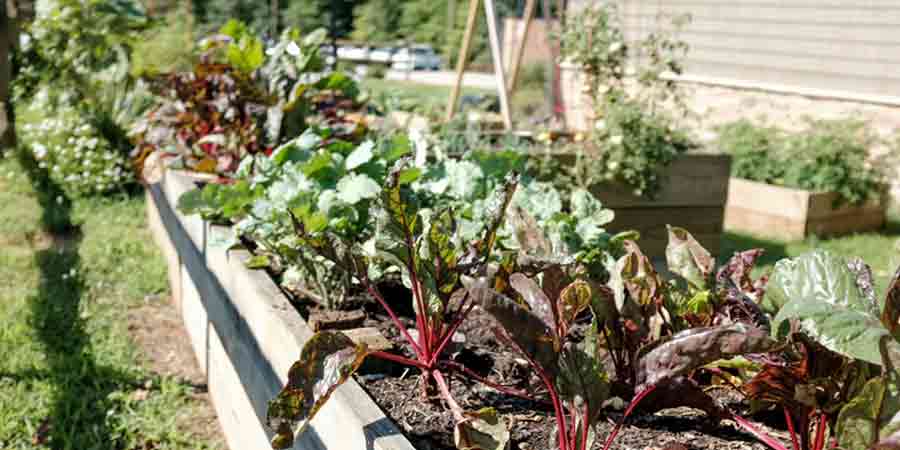
If you have limited space, you can try small gardening!
It only takes 10 x 10 feet to build one!
This bedroom-sized garden space is a lot easier to manage with the right plant choice.
You can also go smaller if you want or go with container gardening to utilize lesser space.
But maybe a little tip!
This small garden is usually prone to weeds and diseases. So make sure to have routine maintenance and check-up for your garden.
But here’s what they said
Taking a giant leap in life always starts with smaller steps. And this is a perfect phrase to embody when you’re a beginner at vegetable gardening.
A small garden will give you the chance to be acquainted with gardening, where you can do trials and errors with a small casualty.
When you start bigger, it means you already invested time and money without knowing how the actual gardening operates.
And you’d get the hunch of how much time gardening takes– a test for your capability to maintain the shape of your garden.
And here’s a plus!
Whether it’s small or large, both could still be rewarding!
What Yields the Sweetest Fruit?
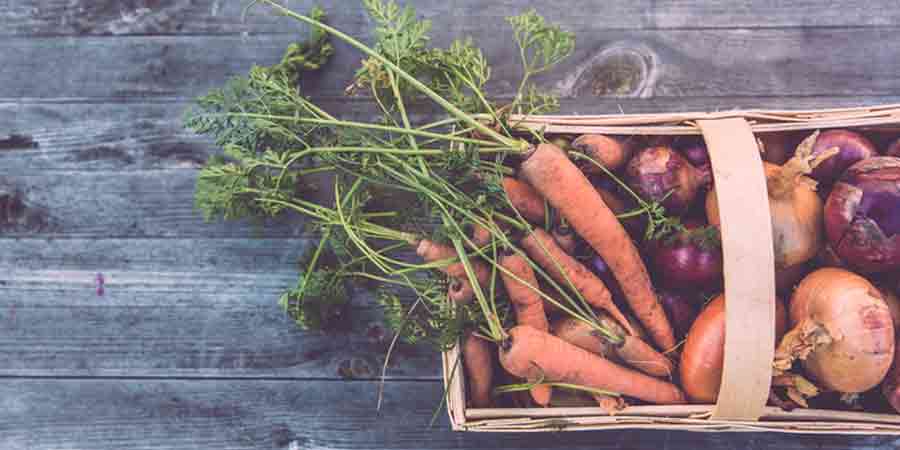
It might surprise you, but it is necessary to invest not just in what the market has demanded but also in the plant you love.
And so,
Taking care of a plant that you want always yields the sweetest fruit.
So, ask yourself, what do you like to eat? This will surely help you decide what vegetable to plant.
Besides that, listed here are the following factors that you need to consider when starting a vegetable garden.
So let’s dig ‘em up one-by-one!
- Productivity
Be realistic!
Suppose you’re doing gardening for consumption; think of how much you and your family would eat and how much you’d store or give away as excess. From this, derive the amount of seed you should plant.
And it might shock you.
The most frequent mistake that beginners make is planting beyond what they could consume. So they just throw them away.
And you don’t want this!
So remember this
When considering productivity, you have to be wary of how frequently you should plant your vegetable annually.
Some vegetables like squash, peppers, and tomatoes would produce fruits for the taking throughout the season. But some plants need replanting, like carrots, corn, and radish.
- Successive Crops
Knowing the distinction between warm and cool-season vegetables would help you strategically manage your gardening schedule.
Also, it will allow you to have access to different vegetable varieties throughout the year.
So make sure to keep tabs on these:
Vegetables that can be grown at the beginning of spring are broccoli, carrots, radishes, peas, arugula, and lettuces.
You’d want to keep your garden busy, so right after harvesting cool-season vegetables, you can plant warm-season crops like herbs, eggplants, peppers, and tomatoes.
Some vegetables also do well during autumns, such as kale, cabbages, and potato.
And another useful tip!
When you’re into peas and beans, you have to prepare for a vertical space in your garden.
How do you choose your garden’s location?
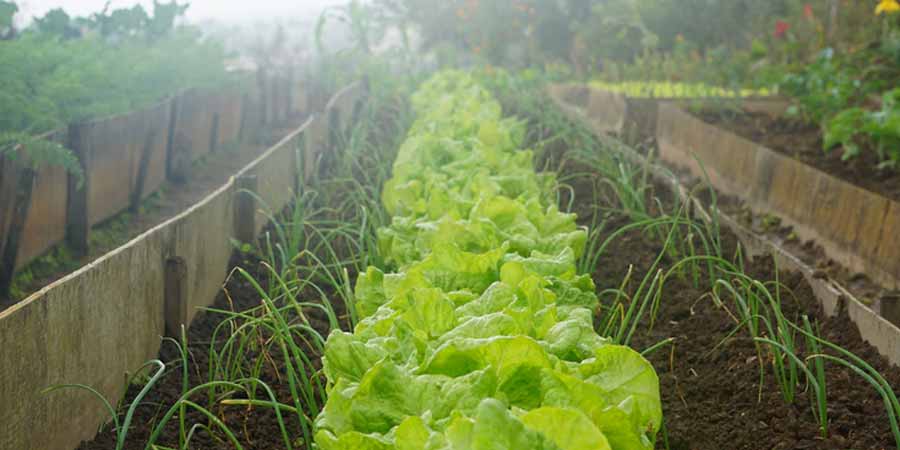
Choosing a site needs careful thinking and thorough analysis of a few significant factors.
Backyard gardening means you need to trek daily to check if your plant received sufficient water, if there are pests, or if some of your fruits are ready to be picked.
If close to the house, it means easy access to your garden. It will only be a few walks away from the kitchen. So if you need an herb for your cooking, then you can quickly go to your garden and pick one.
But access isn’t just the factor you need to consider. You should also examine the sunlight exposure.
It is one of the most crucial variables needed for a plant’s growth. You might want it to have direct exposure to the sun.
Here’s what you should do
Orient your garden correctly.
- Plan the Right Amount of Sun
You see
Photosynthesis is vital for most plants to survive. It helps the plants to convert light energy into glucose, and they use it for various purposes.
Your vegetables are not an exemption!
So, vegetables need at least 6-8 hours of sunlight exposure every day.
To start a vegetable garden, you need to consider this vital factor and build your garden away from shady areas.
But if you hate sunburns, maybe you can try plants that would only need a partial exposure from the sun. These are thymes, parsley, cilantro, chives, spinach, chards, kale, and lettuces.
Also, some plants would only need 4-hour exposure, and these are beets, radish, and carrots.
Oh, here’s another option.
You can also switch to container gardening if you have a sunny courtyard.
Plants like tomatoes, rosemary, dill, basil, squash, corn, beans, peas, peppers, cucumbers, and eggplants could grow even without a garden.
- Provide Plenty of Water
Water is another critical component that you need to consider, especially if you reside in warm regions.
And here’s what you need to do.
You have to water the plant frequently, during the early phase of seed germination. It will help your vegetable develop a healthy root system.
You should also give your plant a long drink every other day rather than giving it sprinkles every day. It is proven to be more effective in encouraging deeper root penetration, which gives your plant more foundation and easier access to nutrients in the soil.
Also, you must put this in mind.
If you’re wondering what must be the determining variable on the amount of water you should give your plants, the answer is simple.
Just look at the weather conditions that you have and the soil quality.
The drier the weather, the more water there should be, and vice versa.
The soil composition is a bit tricky. As much as you could easily wet sandy soils, it also dries quicker than clay soils.
So here’s the technique.
Bury your finger in the ground. If it feels dry, then continue pouring. If you want to moisturize clay soils further, you can also cultivate them. It will loosen the sticky quality of clay soils.
Tip again!
Make sure that your vegetable garden has close access to water. It will be a little difficult for you to fetch water from a far source every day.
- Start Plants in Rich Soil
Who wouldn’t want the best soil for their plant?
It’s no debate that we all want rich and healthy soil to grow our vegetables. But how do we do it?
Well, here me out
An expensive way is to soil test your garden from the nearest lab. But if you have a tight budget, hmm, you can investigate it just by looking at your soil’s texture.
Yes! Get a handful of soil simple. Feel it in your hand.
Grainy means sand. Finer? It could be silt.
Hard but sticky when wet? That’s clay.
Sometimes your soil could be a combination of the three.
But know this,
The texture tells you how much water and nutrients your soil could hold.
And the most desired soil quality is the one that is dark, healthy, and crumbly.
But the good news
No matter what your soil quality is, you can improve it with organic matter as supplements.
When applied to sandy soils, composts could fill the spaces between its particles, fixing that grainy texture right away!
In clay soils, it separates its particle to make them less compacted when wet. Also, allowing more oxygen to enter the soil.
So the key ingredient to enrich your garden’s soil is simply humus!
Planning Your Vegetable Garden Layout
You don’t have much choice in this. You can choose between row or intensive cropping, and both have their advantages.
So, feel free to choose your preference!
- Row Cropping
You can do this cropping method by lining your plants in a row, with a minimum 18-inch distance between them.
It is strategic if you are using mechanical equipment that requires walking between them.
But here’s the catch
You have a reduced area of planting since you have to allocate space for footpaths.
Here’s a useful tip!
The topmost part of the garden must be where you plant the tall plants. Tomatoes and other tall plants like peas, cucumbers, and beans would need vertical structures to assist them.
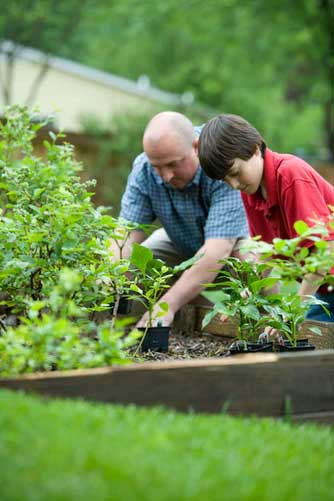
- Intensive Cropping
When your inspiration for vegetable gardening is profit, then you would prefer intensive cropping.
This cropping technique will surely boost your productivity.
And here’s how to it!
When planting, you need to have beds separated 4 feet wide from each other with 2-3 seeds sown on each. It ensures that the plants would have enough space on their maturity.
This type of cropping would maximize the use of your land. And it works in almost all vegetables aside from those that would need vertical support.
But the downside?
With the vegetables closely planted, you will have to handpick the weeds. And believe me, without determination, picking it is troublesome.
But put in mind that you need to remove them. Weeds compete for essential water, nutrients, and light, which hinders your plant from growing and developing.
So make sure to keep your garden in check!
Testing and fixing your soil
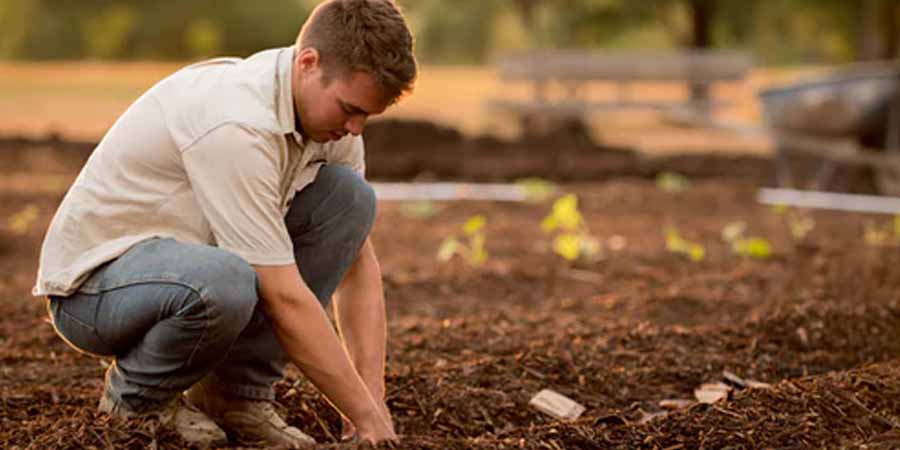
To start a vegetable garden means you need to be sure that the soil has the ideal condition necessary for your vegetable’s growth. But testing your soil will cost you a large sum of money.
But here’s a cheap and easy way.
You can do a manual soil test through the following.
- Wet the soil
A hose or sprinkler will do the job for you. The moisturized soil will make it easier to dig. Now, get a handful of that dirt.
- Crush it with your palm.
The streaming of water, when compressed, means the soil needs compost to fix its water holding capacity.
- Release it
The sandy soil will loosen up upon release. If it becomes a hardball, it’s probably clay soil. The ideal soil should form crumbs when poked. It means the soil’s rich with humus, which is perfect for your plants.
And oh! A tip!
Suppose you have a severe problem with your soil’s filtering capability. Don’t lose hope yet!
You can still try raising beds!
In building one, you can utilize frames and try layering them with newspapers. With this, there will be no digging necessary, and your lawn is good to go!
Choosing Vegetable Varieties
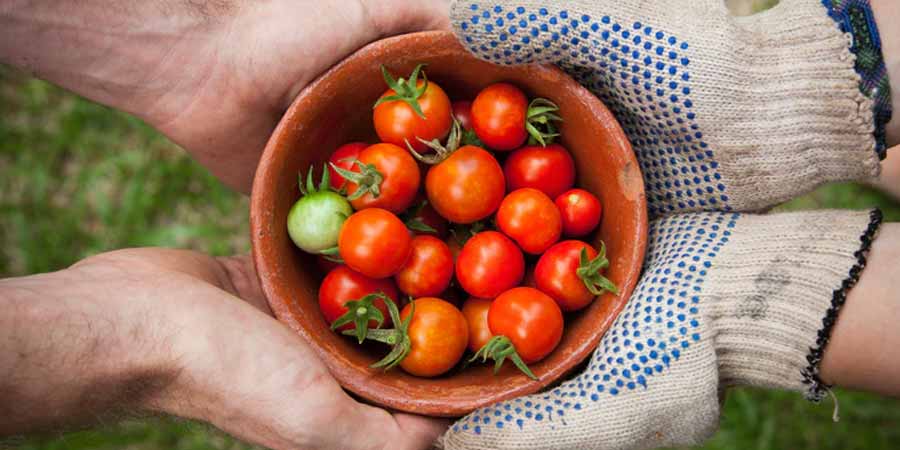
It would be wise to be picky on this one.
When you’re in a garden store to choose the right vegetable variety to plant, you should be mindful of the seed packets.
Because you might overlook it!
It contains all the needed information to grow your chosen variety successfully.
Besides that, various details are also there, and it contains the information if your plant has disease resistance or if it has tolerance for intense temperature. It will also tell you the garden size that befits the plant.
When you’re still new to gardening, and you don’t know the varieties of your vegetable choice, try picking for three different types. If one doesn’t perform well, then you can try planting the rest.
If you have inquiries, you may also consult a garden expert for suggestions.
Seeds vs. Transplants
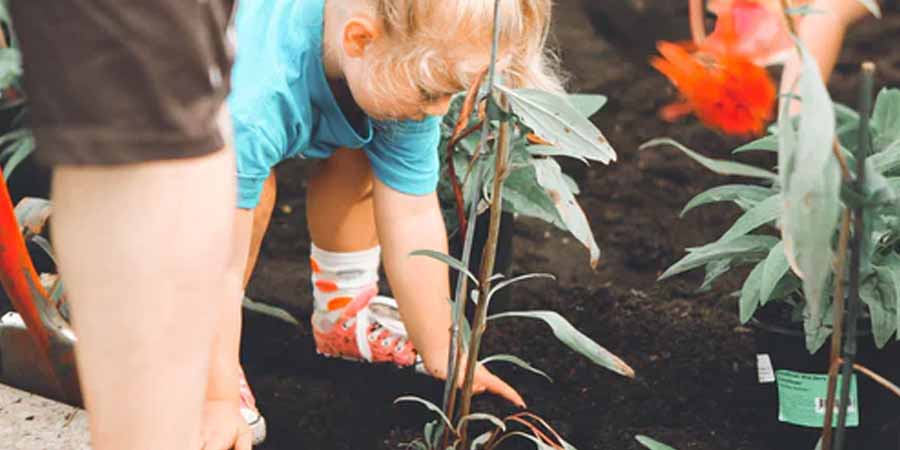
You might’ve thought that choosing between seeds and transplants won’t matter that much.
But I beg to differ!
Some plants do well exclusively with seeds, and others would need controlled and predictable results, which means settling with the transplant method.
But here are other things worth remembering.
Upon deciding that you would settle for seeds, know that annual vegetables do well if planted indoors during the 6th week of your area’s last frost
But other plants like peas, beans, and carrots are different. You can directly sow these plants in your garden.
But if you pick transplants, it’s also a great choice!
Transplants are better for slow-growers like kale, celery, and broccoli. It also allows the plant to build up resistance to pests before its maturity.
Caring for Your Vegetable Garden
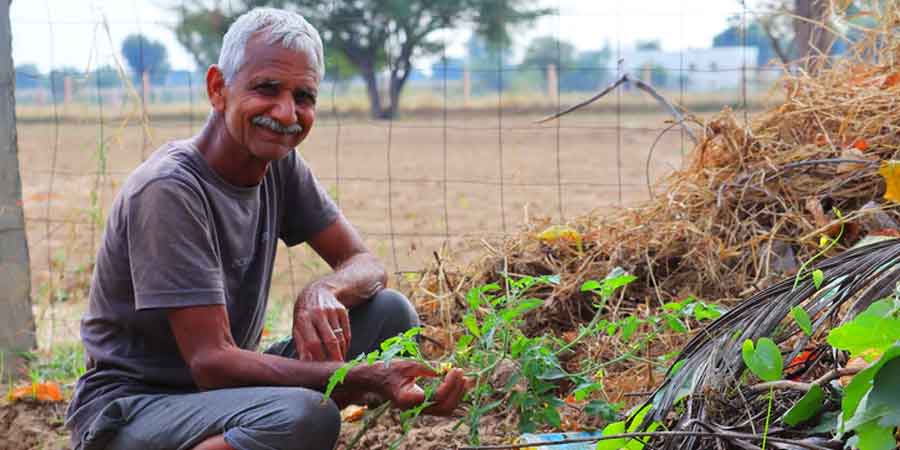
This part should come in naturally if you’re passionate about gardening. Planning and preparation will be futile if there is no maintenance.
But don’t worry!
I will be giving you steps to keep your garden in optimal condition.
- Stop Weeds in Their Tracks
It is essential to remove all weeds, and you can easily do this with the right equipment.
Behold, hoe and handfork!
With these gardening tools, you can cultivate your garden’s topsoil while removing all weed seedlings in the process.
- Feed Your Future Food
Well, chemical fertilizers have proven themselves effective in enriching the soil. But, there are also lots of downsides to this.
But the good news?
You can always turn to organic fertilizer for a healthier yield. A compost with superb quality will give you the same result. Plus, having one won’t cost you a lot of money. Compost pits are the trend in modern gardening!
Resist Pests and Diseases
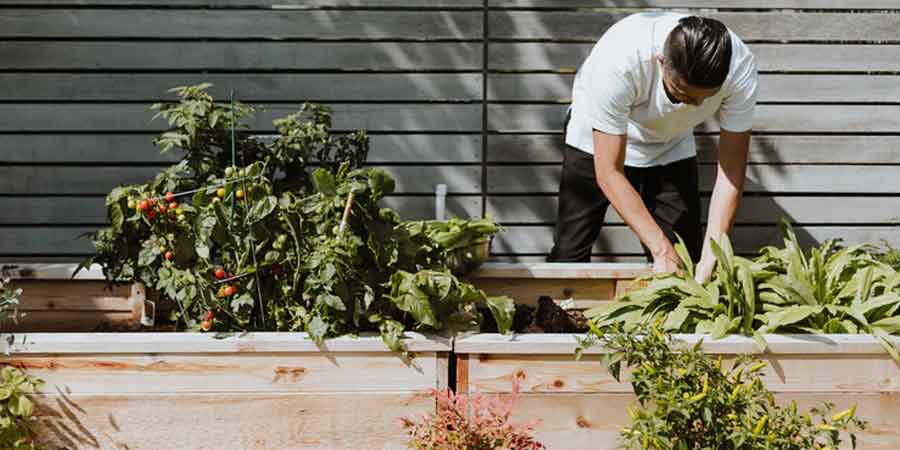
In special cases, it needs a sophisticated solution to resolve issues concerning pests and diseases.
But here’s simpler and more general ways of dealing with these problems.
- Keep Animals Out
And what best way is there than to build fences.
An 8 ft. fence 7 inches deep into the soil will keep the deers from jumping over and rabbits from digging in.
- Deter Destructive Insects
You can just pick up the insects and caterpillars you can find on your vegetable’s leaves in small gardens. But if you have a big garden, investing in insecticides is the best option for you.
But make sure to carefully follow the application procedures when applying it to your garden.
- Fight Fungal Diseases
By not moistening the leaves when watering the plant, you can deter the possibility of acquiring fungal diseases.
But of course, it is difficult to reduce the likelihood.
You have to be John Wick to do one!
But you can still prevent it by sprinkling early in the morning to assure that it will dry up under daylight.
If ever one of your plants got infected, immediately throw it in the compost pile.
Harvesting Vegetables
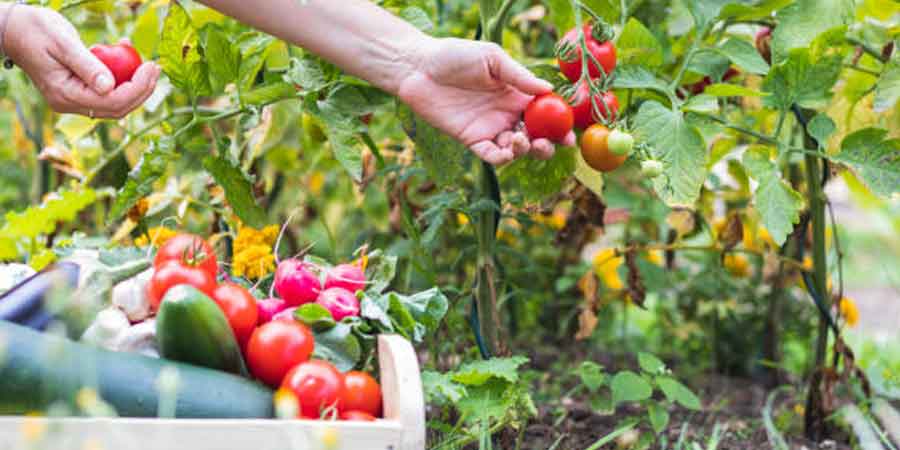
You must be excited to see the outcome of your efforts!
The harvesting season is the most looked forward part of gardening.
But easy peasy, bud.
Here’s what you need to learn in harvesting
You don’t need a handbook to know if your vegetable is ready to eat. If it looks like it is, then it probably is!
And what’s great about this is that you can harvest some vegetables repeatedly in a single season!
Conclusion: How to Start a Vegetable Garden?
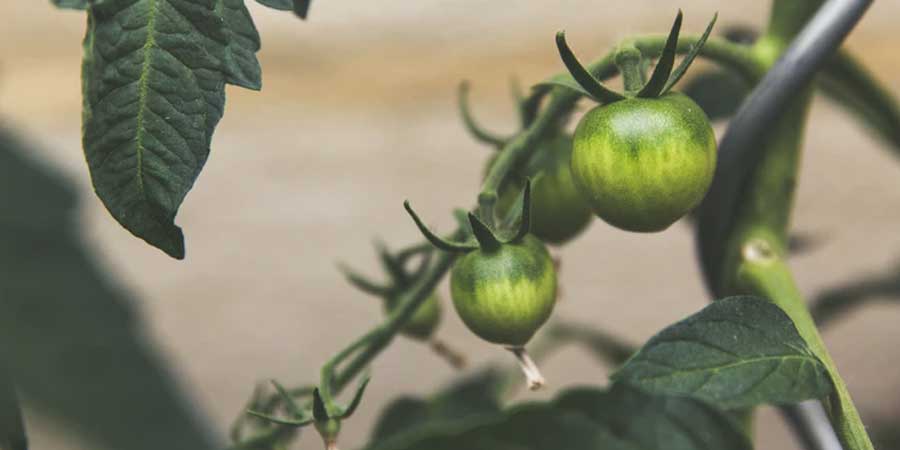
It wasn’t that hard, is it?
Now that you finally acquired the gardening secrets, I suggest you start picking up your gardening tools and start building one.
It doesn’t matter if you’re into profit or you just want to invest in a new hobby.
With these essential tips, you’ll surely succeed in your gardening journey!
The more you plant, the more vegetables to harvest!
Happy gardening!
Related: How to Start a Flower Garden?
